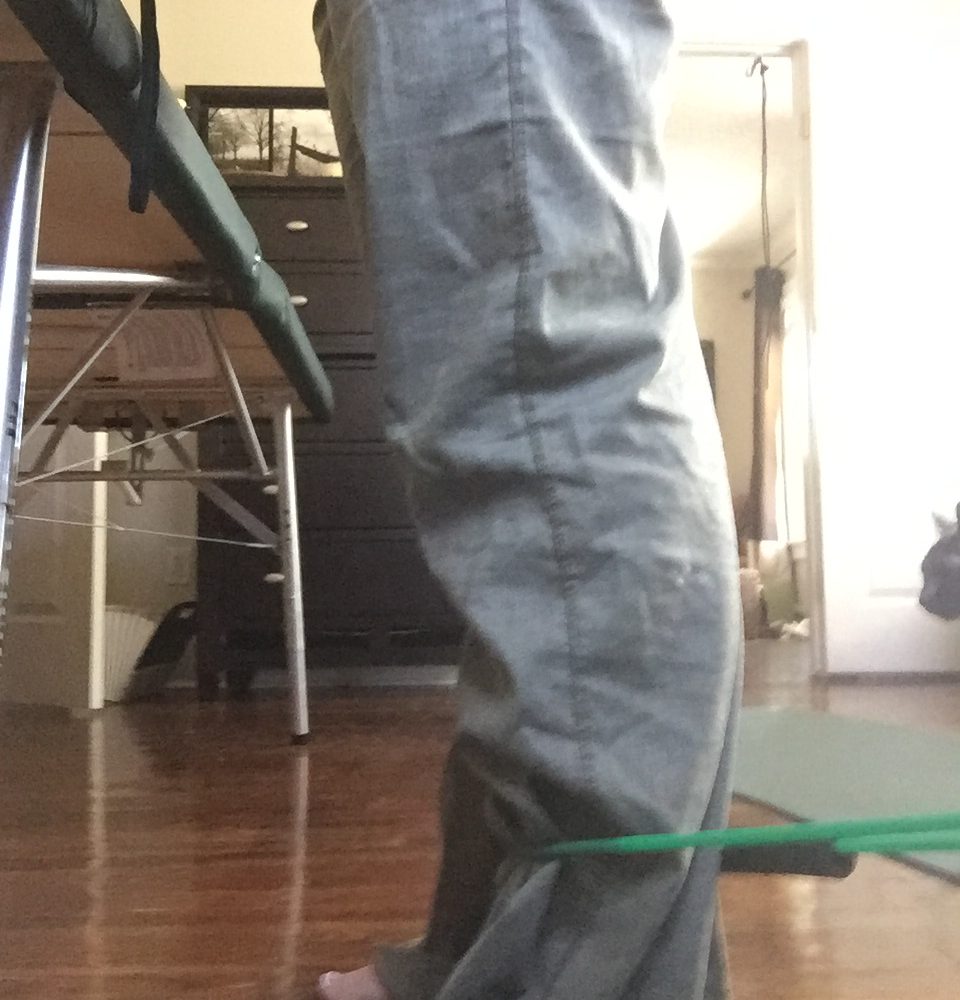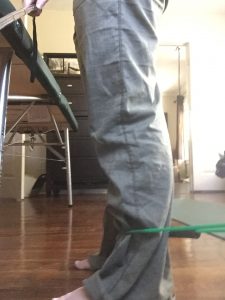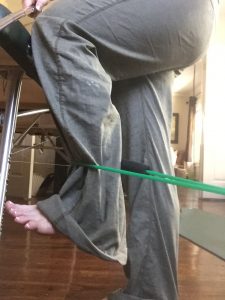
The Hip Flexor Group
The hip flexor complex has gotten a bad reputation lately. Everybody stretches them, beats them, and digs them with their fingers trying to get it looser. Doing so isn’t entirely invalid. Sitting all day has led to tighter hip flexors causing all sorts of muscle imbalances and cross syndromes. I find, though, many people without tight hip flexors still determined to continuously stretch them. Sometimes the techniques to release the hip flexors seem extreme and unnecessary. In addition, many avoid strengthening the hip flexors. The psoas, however, helps stabilizes the back. Strengthening it has essential benefits. Strengthening it through its full range can even help reduce some of the tightness.
The Iliocapsularis
Today, though, I don’t want to talk about the psoas. I want to talk about another hip flexor: a humble little muscle hiding between your hip joint and iliacus. This muscle is the iliocapsularis. Even many physical therapists and personal trainers have not heard of the muscle. This poorly understood muscle may play a huge role in stability of the hip. Since the hip tends to translate anteriorly (forwards) in the hip joint, the iliocapsularis could provide a unique and pivotal role.
So, for starters, let’s review the nerdy part. Feel free to skip over this part if it bores you. The iliocapsularis originates at the anteroinferior iliac spine and the anteromedial hip capsule. It inserts at the distal to the lesser trochanter. It opposes the anterosuperior migration of the femoral head. Researchers do not yet fully understand the role of the iliocapsularis, but they believe it stabilizes the hip anteriorly or works to tighten the hip capsule.
What does it do?
The research on this little muscle is limited to a couple studies. One study compared the size of the muscle in “normal“ individuals compared to those with hip dysplasia (1). Hip dysplasia occurs when the leg bone does not fit into the acetabulum (hip bone attachment). They found that those with hip dysplasia had a hypertrophied (too large) iliocapsularis muscle. The individuals with the normal hips had atrophied (underused) muscles with fatty tissue in them.
This begs the question, why does this atrophy occur in “normal” hips? Did evolution develop this muscle (it exists in all of us) just for those who end up with hip dysplasia? Probably not. More than likely this muscle atrophies due to our inactivity and because we spend so much time in a sitting position. See my webpage on gravitational fitness to find out how inactivity affects our postural muscles. So would strengthening this muscle (along with glute min and hip external rotators) help prevent hip impairments such as labrum tears and osteoarthritis?
How do I strengthen it?
Theoretically, it could. We will have to wait for research to prove it; research that will take years to test. In the meantime, though, exercises to strengthen the iliocapsularis can be done easily and safely. PTs with ultrasound views of the muscle analyzes what activates the iliocapsularis the most. What have they found? Hip flexion at 90 degrees turns the muscle on the best. You can do this at home by performing a march in standing. Attach a theraband to the outside of your foot while you perform it to get the external rotators activating at the same time.


Perform this exercise every other day to allow time for healing. Reducing your risk of hip OA can prevent a lot of pain and immobility in your future. This exercise looks simple, but thought behind it does exist. First, it is functional, so it mimics your natural gait pattern. Second, the other hip’s glute med gets strong during the activity. Finally, it focuses on the two muscle groups (iliocapsularis and external rotators) during the functional movement, increasing the carryover of those muscles when you to the activity throughout your day. Often hip pain masks itself as low back or leg pain, leaving a you trying treatments that don’t work for decades: even surgery. Incorporating in a few exercises into your workout routine can prevent a lot of needless suffering.
References:
- Babst D, Steppacher SD, Ganz R, Siebenrock KA, Tannast M. The Iliocapsularis Muscle: An Important Stabilizer in the Dysplastic Hip. Clinical Orthopaedics and Related Research. 2011;469(6):1728-1734